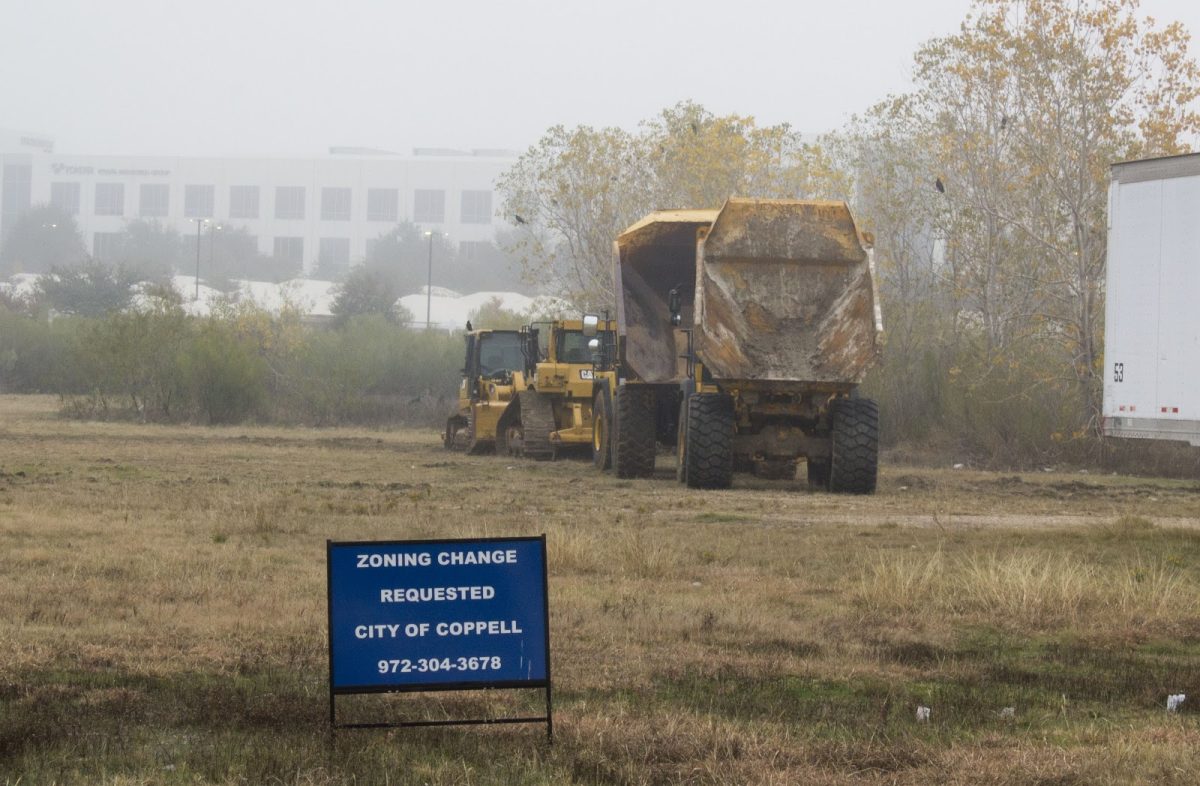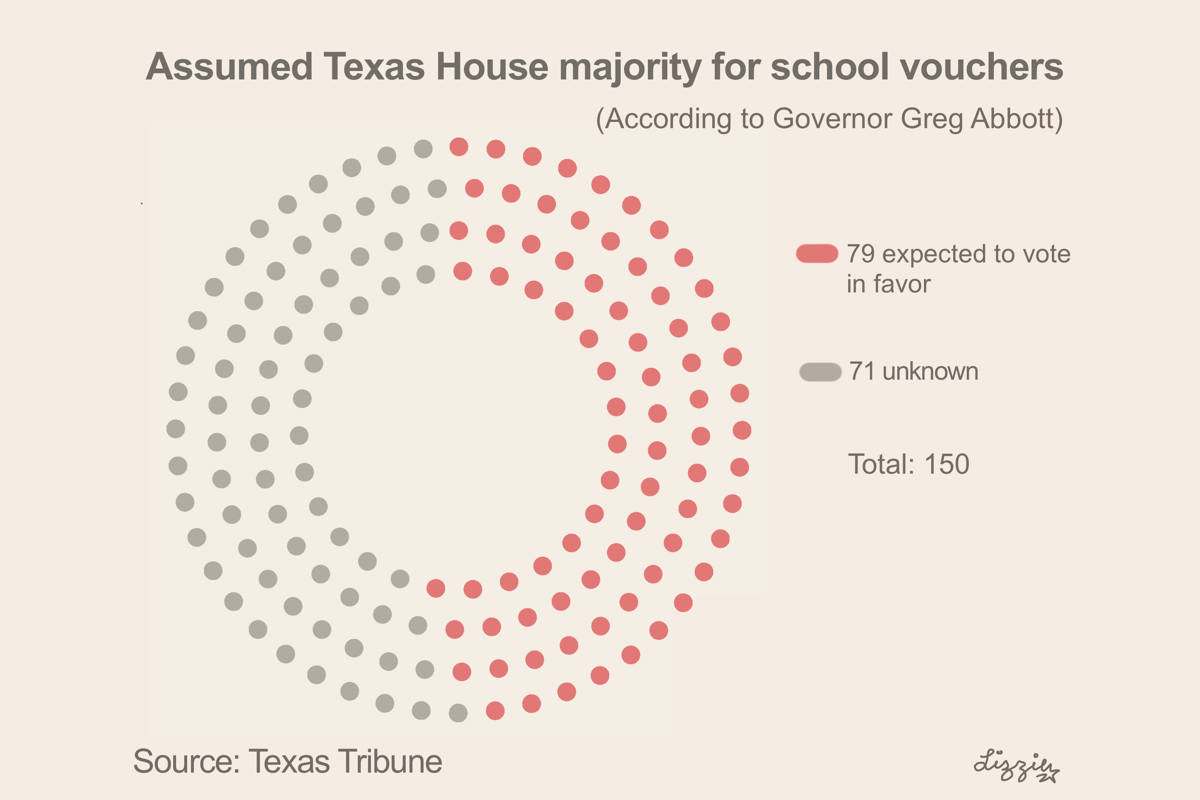By Yogesh Patel
Graphic Artist
As fears of a global epidemic of H1N1, better known as swine flu, increase, the pressure is on for the government to take action.
The H1N1 virus is a strand of flu virus with a combination of human, bird, and pig strands. Because very few have been exposed to this combination, lack of immunity against this virus fuels fears the swine flu could soon swell to epidemic proportions in a short time.
With schools opening again after a summer where in concerns over the swine flu decreased, the number of people diagnosed with swine flu has increased dramatically. In response to the threat, the US government has authorized $1.15 billion to manufacture enough of a vaccine to vaccinate the entire country.
The swine flu vaccine, while still in production, has been released to those who are most at risk of catching the swine flu. Unfortunately, in the rush to move the vaccine to public hands, many tests meant to determine how safe and efficient the vaccine really is. A strong backlash against any vaccine has been a matter of concern for many, especially parents, whose young children are most at risk of catching the swine flu.
However, few problems have been encountered with previous H1N1 flu vaccines, which is why if there are no serious issues that occur within the first few weeks after vaccination, the vaccine will the mass produced at a quick pace to meet the needs of a public at risk.
The last time the nation was caught on edge from swine flu was in 1976. After the distribution of the swine flu vaccine, a disorder known as Guillain-Barre syndrome started affecting those that had received the vaccine at a higher rate than projections previously stated.
Guillain-Barre is a rare and severe neurological disorder in which the immune system begins attacking the nervous system causing muscle weakness. The sudden influx in Guillain-Barre in response to the first swine flu gave the vaccine a still lingering bad name amongst many Americans.
Before the swine flu vaccine is available on a large scale, try to prevent your catching the swine flu as much as possible. Remember to avoid being around sick people, washing your hands with soap and hot water or hand sanitizer frequently, and sneezing into your sleeve or the inside of your shirt. Sneezing on your hands means spreading germs to everything you touch.
If you do catch the swine flu, stay home from work or school and do not come back until you have been symptom free for at least 24 hours.








